Electric Resistance and Ohm’s Law Nootan Solutions, ISC Class-12 Physics Nageen Prakashan Chapter-5 Solved Numericals. Step by step Solutions of Kumar and Mittal ISC Physics Class-12 Nageen Prakashan Numerical’s Questions. Visit official Website CISCE for detail information about ISC Board Class-12 Physics.
Electric Resistance and Ohm’s Law Nootan Solutions, ISC Class-12 Physics Nageen Prakashan Chapter-5 Solved Numericals of Kumar and Mittal
| Class: | 12 |
| Subject: | Physics |
| Chapter 3: |
Electric Resistance and Ohm’s Law |
| Board | ISC |
| Writer /Publications | Nootan / Nageen Prakashan/Kumar and Mittal |
| Topics | Solved Numericals of page 221,222,223,224 |
Definition of Electrical Conductivity
It is the inverse of specific resistance for a conductor whereas the specific resistance is the resistance of unit cube of the material of the conductor.
SI Unit of Conductivity:
The SI unit of conductivity is mhom-1
Electrical Conductivity
When a conducting substance is brought under the influence of an electric field ,free charges (e.g. free electrons in metals) move under the influence of this field in such a manner, that the current density due to their motion is proportional to the applied electric field.
Significance of Ohm’s Law:
Ohm’s law is obeyed by many substances, but it is not a fundamental law of nature. It fails if
- V depends on I non- linearly. Example is when ρ increases with I (even if the temperature is kept fixed).
- The relation between V and I depends on the sign of V for the same absolute value of V.
- The relation between V and I is non- unique. For e.g., GaAs
Kirchhoff’s First Rule:
At any junction of several circuit elements, the sum of currents entering the junction must be equal the sum of currents leaving it.
In the above junction, current I enters it and currents I1 and I2 leave it. Then, I = I1 + I2.
This is a consequence of charge conservation and assumption that currents are steady, that is no charge piles up at the junction.
Kirchhoff’s Second Rule:
The algebraic sum of changes in potential around any closed resistor loop must be zero. This is based on the principle that electrostatic forces alone cannot do any work in a closed loop, since this work is equal to the potential difference, which is zero, if we start at one point of the loop and come back to it.
Nageen Prakashan Chapter-5 Solved Numericals of Electric Resistance and Ohm’s Law Nootan Solutions Kumar and Mittal, ISC Class-12 Physics
( Page – 221 )
Question 1
A current ………………….the wire .
Answer
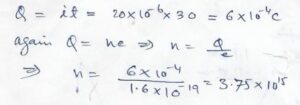
Question 2
A current ………………………..conductor
(i)………………………
(ii)……………………….
Answer

( Page – 222 )
Question 3
The cross ………………the wire ?
Answer

Question 4
90 C ……………………the wire .
Answer

Question 5
Estimate ………………………numbers …………
Answer
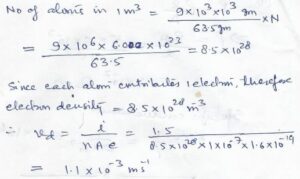
Question 6
Calculate …………….. cross section ……………..
Answer
![]()
Question 7
A 3.0 m …………………………..copper is …………..
Answer
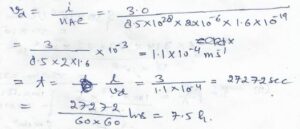
Question 8
Find out …………………….applied on it .
Answer

Question 9
A very …………………..conductance ?
Answer
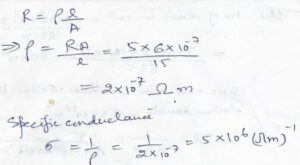
Question 10
What length ………………………10 ohms ?
Answer

Question 11
The specific …………………cross section .
Answer

Question 12
A piece ………………………respectively .
Answer

Question 13
A thick ……………………………resistance .
Answer
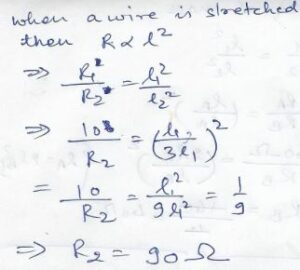
Question 14
A wire …………..new wire .
Answer
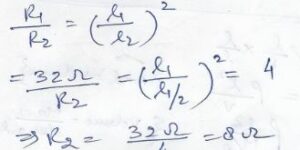
Question 15
A 1 kg ……………these wires .
Answer
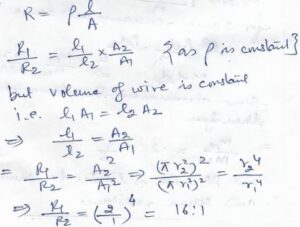
Question 16
Two coppers …………………….wire B .
Answer
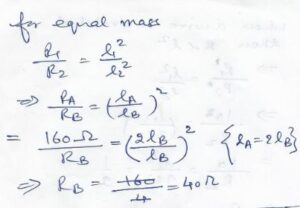
Question 17
Two wires ………………respectively .
Answer
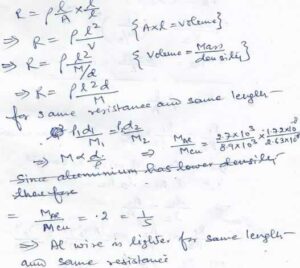
Question 18
A 200 V ………………………..filament .
Answer
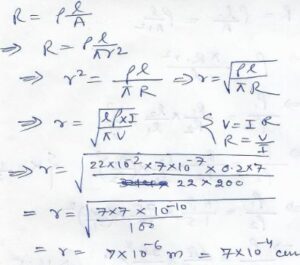
Question 19
A rectangular ……………………………..temperature ………
Answer

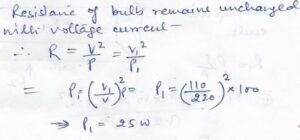
Question 20
Two wires ………………………materials ?
Answer
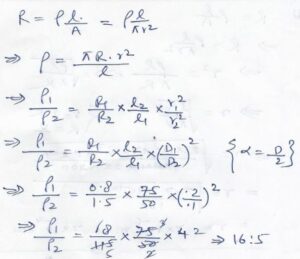
Question 21
A 100 …………………….the Bulb .
Answer

Question 22
The maximum ………………….maximum current .
Answer

Question 23
How much ………………………..minute ?
Answer
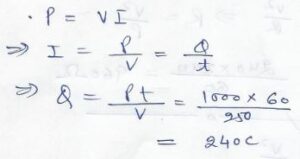
Question 24
Compute the …………………….20 ohms ..
Answer
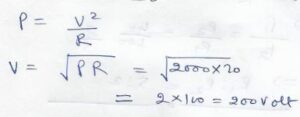
Question 25
A heating …………… the element .
Answer
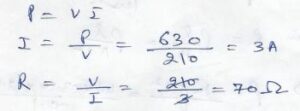
Question 26
An electric ……………….the motors .
Answer

Question 27
An electric ……………………….the press .
Answer

Question 28
A current …………….. wire ?
Answer

Question 29
A bulb ………………filament ?
Answer
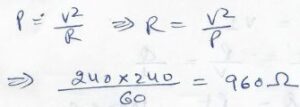
Question 30
Find the …………………… supply line .
Answer
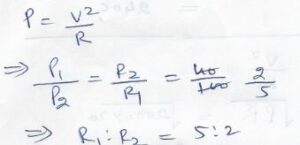
( Page – 223 )
Question 31
Find the ……………..filament .
Answer
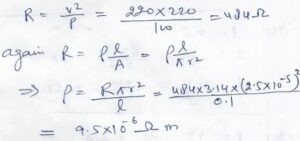
Question 32
Find the ……………..filament .
Answer
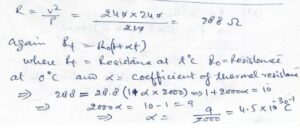
Question 33
A lamp illumination . find
(i)………………………
(ii)……………………….
(iii)……………………….
Answer
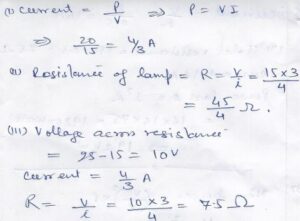
Question 34
In a ……………..operating .
(i)………………………
(ii)……………………….
(iii)……………………….
Answer

Question 35
We have …………….for it .
Answer
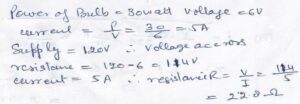
Question 36
Two cities …………..the wires .
Answer
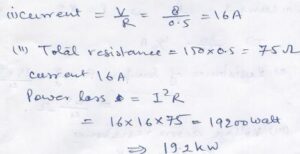
Question 37
A 500 watt ………………liberated .
Answer
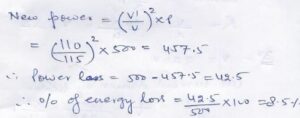
Question 38
An electric ………………….its element .
Answer
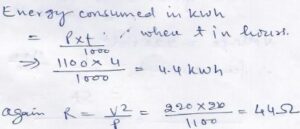
Question 39
Calculate ……………….glowing .
Answer

Question 40
Two bulbs ……………the bulbs .
Answer

Question 41
Two resistor ………………….resistor R2 .
Answer
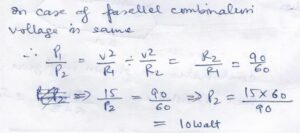
Question 42
A 60 watts …………….. become 120/(48 +6 ) A .
Answer
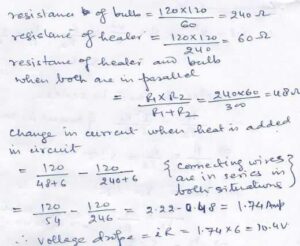
Question 43
How can …………………….4 ohms .
Answer
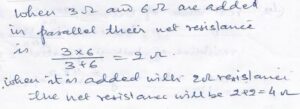
Question 44
Join three ……………2 ohms .
Answer
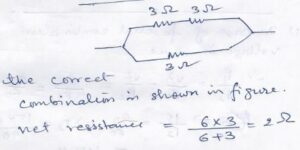
Question 45
A 5 ohms ……………….find n .
Answer
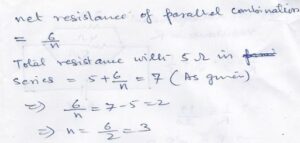
Question 46
Three resistor ………….find .
(a)………………………
(b)……………………….
Answer
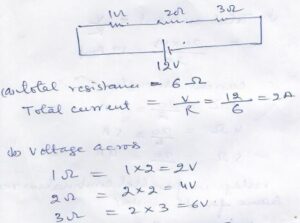
Question 47
Three resistor ………….find .
(a)………………………
(b)……………………….
(c)…………………
Answer
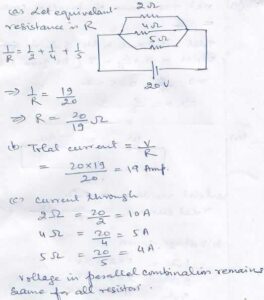
Question 48
A 150 ohms …………………mains .
Answer
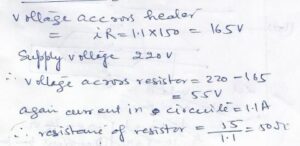
Question 49
An arc ………………same current .
Answer
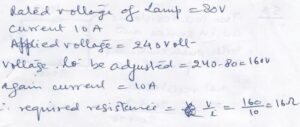
Question 50
A filament ………………supply .
Answer
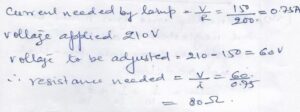
Question 51
Each of ………………..of them ?
Answer
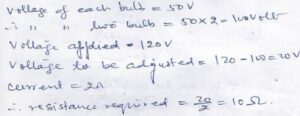
( Page – 224 )
Question 52
Three resistors …………………..A and B .
Answer

Question 53
Four resistors ……………………..corners .
Answer
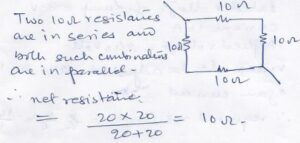
Question 54
Calculate …………………resistors .
Answer
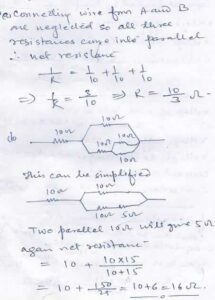
Question 55
Calculate …………………resistors .
Answer
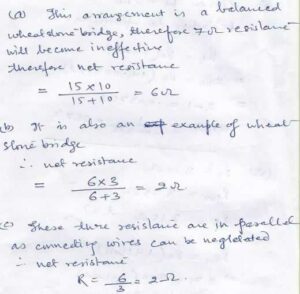
Question 56
A wire …………………..it read ?
Answer
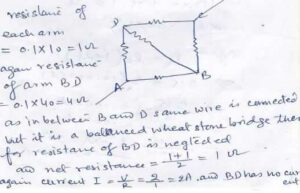
Question 57
The resistance …………………of silver ?
Answer
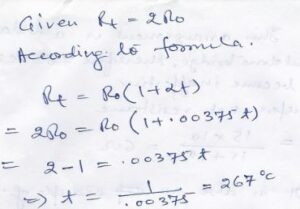
Question 58
The resistance ……………………temperature .
Answer
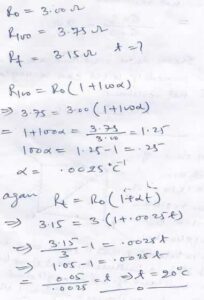
Question 59
A heating ……………………….involved is .
Answer
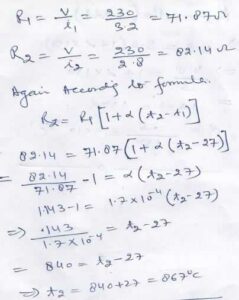
Question 60
The resistance ………………….carbon is ……………
Answer
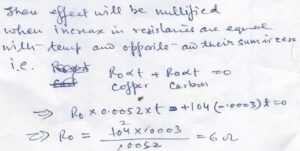
Question 61
A metallic …………………..its material .
Answer

— End of Electric Resistance and Ohm’s Law Numericals :–
Return to – Nootan Solutions for ISC Physics Class-12 Nageen Prakashan
Thanks
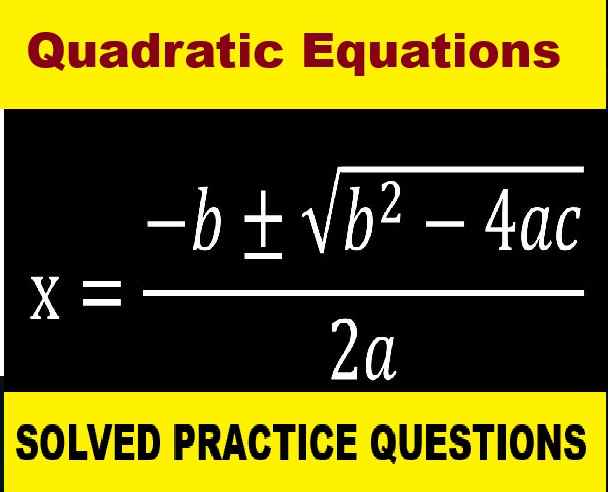
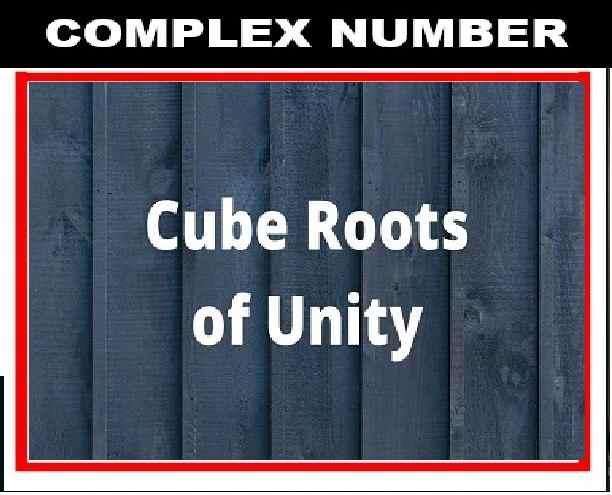
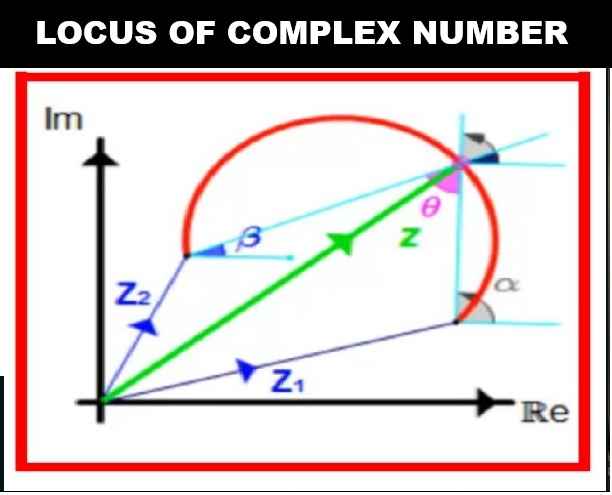
Please provide board problems